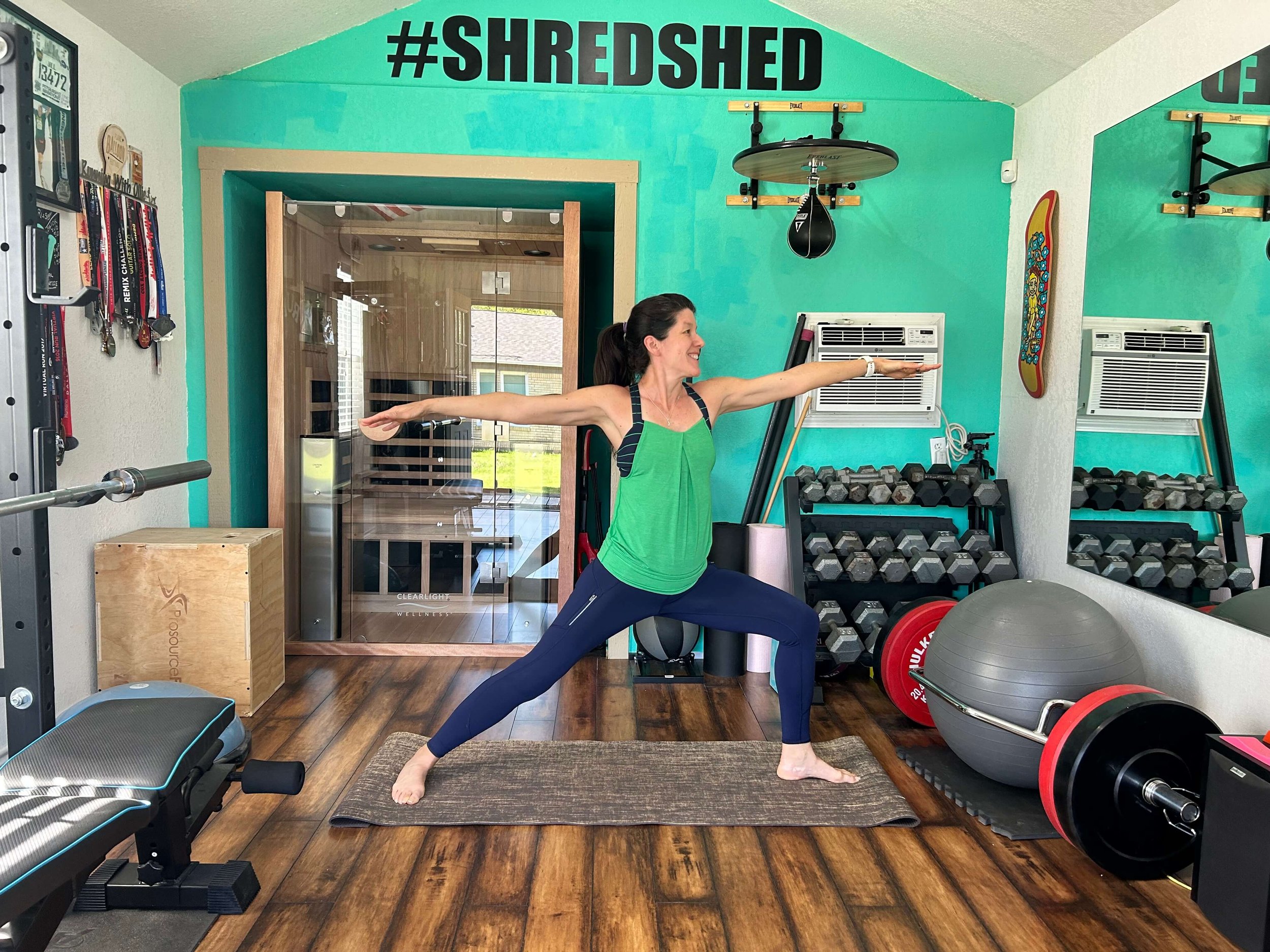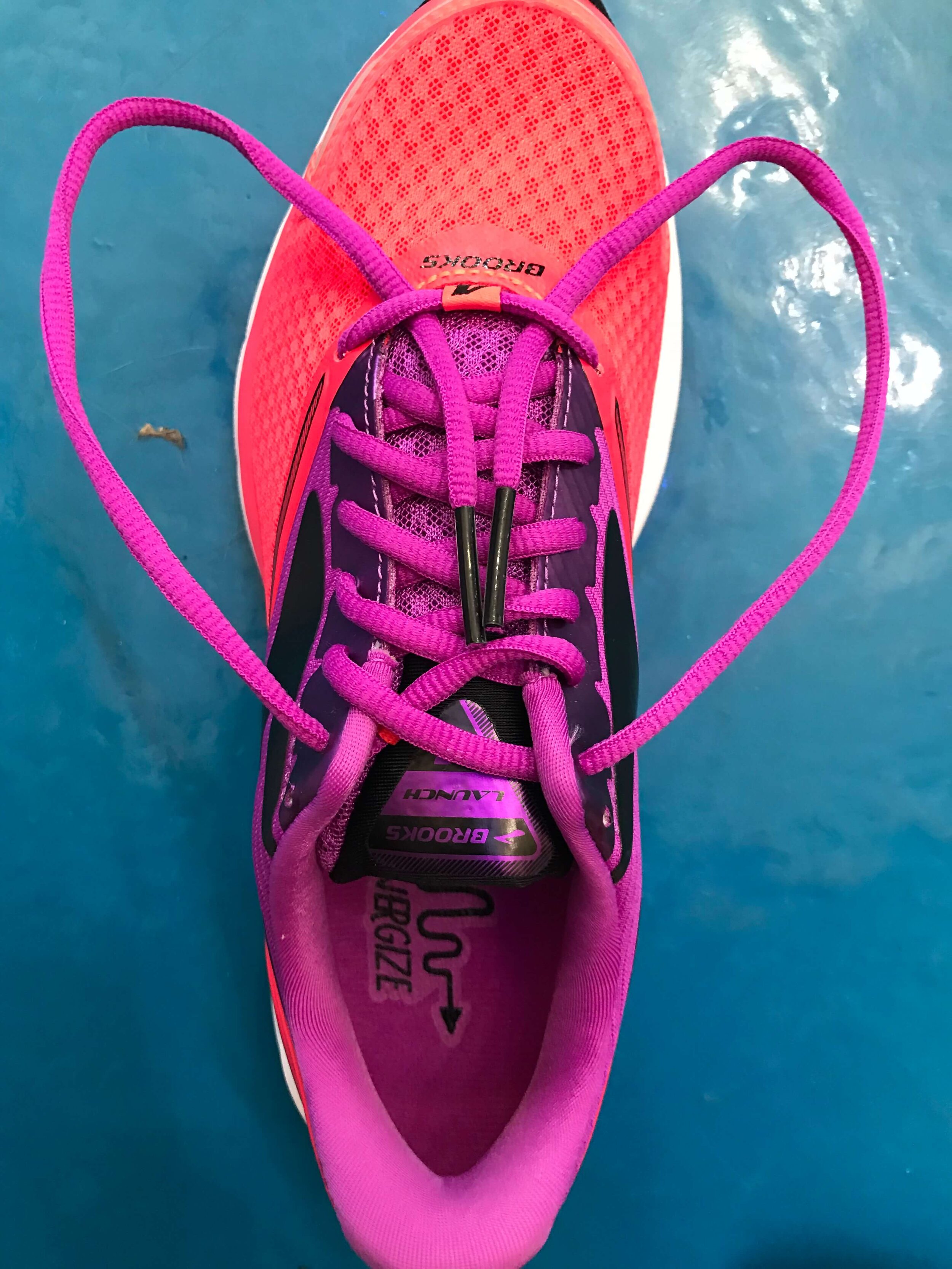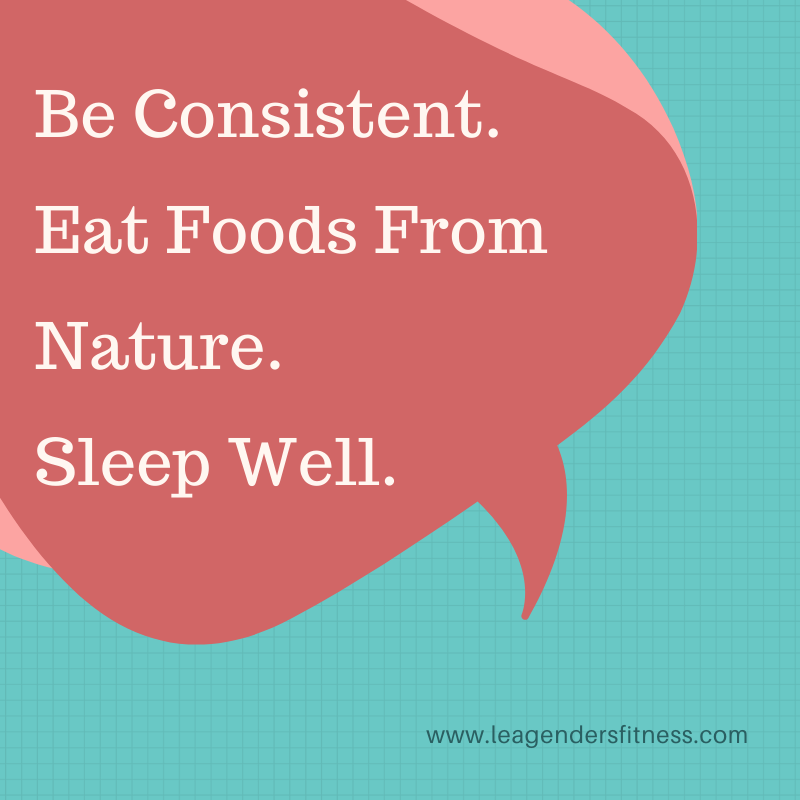Welcome to another edition of workout Wednesday. This week we are talking running intervals. Intervals are get a great way to improve speed, VO2max and running economy, especially when you are short on time. Intervals allow you to up the intensity for short periods of time to get the maximum afterburn effect. We are going to dive into different types of interval running workouts. Sprinkle these workouts into your training once or twice a week to reap the benefits of interval workouts.
TABATA
I love the Tabata protocol and if you only have four minutes to workout this is the interval for you. After warming up, run 20 seconds as hard as possible (95% of max heart-rate) then rest completely for 10 seconds. Complete 8 rounds for four minutes. That's one set. Recovery fully between sets. Repeat as many times as your fitness levels allows up to 30 minutes.
TEMPO INTERVALS
A tempo pace is the fastest aerobic pace you can maintain for a steady-state run. It should feel comfortably-hard. If you ever raced a 5K for time, that is likely your tempo pace. With tempo intervals, after warming up, hold that pace, about 80% of max heart-rate for 15 minutes, then recover with a slow jog or walk for 5 minutes. Repeat.
Another tempo interval variation is to run for five minutes at a comfortably-hard pace, followed by five minutes of easy pace. Repeat for 30 minutes.
V02MAX INTERVALS
VO2max is the size of your aerobic engine. It's the maximum rate at which you consume oxygen and the best indicator of your aerobic fitness.
Warm up then run for 3 minutes hard at 95%-100% of max heart rate. This is the fastest you can run for three minutes without stopping. If you ran faster, you wouldn't be able to keep up the pace for three minutes, if you ran slower, you could probably go on longer than three minutes. It may take some experimenting to find your pace. Run three minutes at an easy pace to recover. Repeat according to your fitness ability up to 30 minutes.
HILLS
Every runner's' favorite interval workout is hills! Right? (crickets). This treadmill hill pyramid variation will challenge you. Hills are great for building strength. After warming up run one minute hard at 2% incline, then recover for one minute at 0% incline. Increase the incline each rep to 4%, 6%, 8%, then back down to 6%, 4%, 2% incline with a one minute easy jog recovery between reps at 0% incline.
Always warm up for 5-10 minutes before beginning a challenging workout and cooldown for 5 minutes once complete. Intervals workouts should be done 1-2 times a week for most runners and 3 times maximum for well-trained athletes. Always allow your body time to rest in-between intense workouts. Remember that adaptation (getting faster, stronger) happens during rest, not the workout. Allow your body the time to properly recover to reap the benefits of these challenging workouts!
Like this post? It helps me so much when you share or save to Pinterest.























